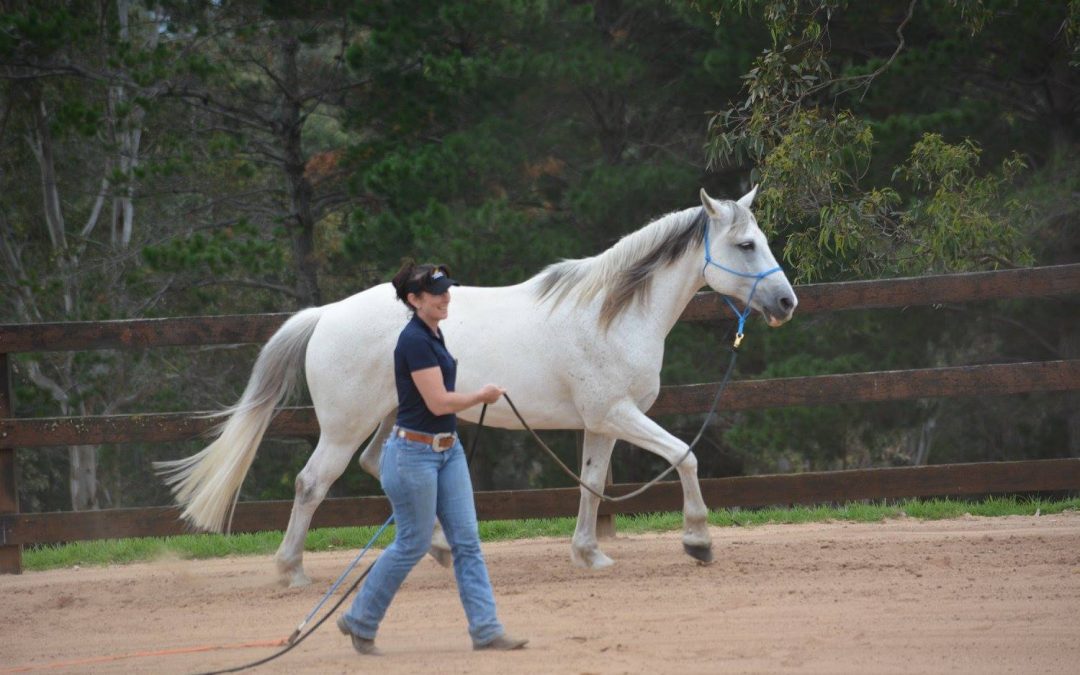Wonderful winter days here in Wilton, clear, cool and sunny, all the ingredients for spending time with our horses and despite the shorter days, a great time to be focused on what we are hoping to achieve with these delightful creatures.
We have been really busy with folks new to the program as well as teaching the very dedicated students who spend as much time as they can continuing to put into practice their horsemanship skills and strategies, based at all times on looking at life through the eyes of their horses.
Interestingly though whether new to this approach or a long-term student there is one area that often poses quite the quandary to students.
We learn about the importance of comfort, safety and play as the prime motivators for a prey animal versus praise, recognition and material things for us poor predators, at our introduction to the Parelli Program. The theory of this is easy to digest but it seems in practical situations this is often a stumbling block for most students.
When I put my coaching hat on, one that is now rather battered and over 25 years old it seems clear to me that the biggest confusion is not the understanding of comfort and therefore discomfort in training a horse, the real underlying challenge is how the application of PHASES is the critical component in this situation.
Phases is the BRIDGE between comfort and discomfort and how we understand and then practically apply these phases has more to do with the success we will ultimately have in having our horse understand and respond happily to our requests and directions.
RELEASE is what horses learn from, but it is the application of phases that motivate a horse to actively seek that release, with that said the single most important advice I can give given the constraints that any written “how to help” piece is the following.
Phases have to be applied in clear, consistent fashion, with an escalation of steady or rhythmic pressure gradually applied so as to cause the horse to feel the gradual discomfort and seek release, the key is to apply these phases in such way that we never get too heavy handed which could tip our horses into self-defence mode whereby he cannot respond, which is naturally the last thing we want our horse to do.
Equally refusing to up our phases enough to have the horse seek a release can have the horse dull and uninterested in our requests and we inadvertently teach him to ignore our directions.
Therefore, the skill of applying phases effectively is the BALANCE we are all seeking to discover.
In summary your understanding and application of phases will largely define your skills as a horseman or woman. In a practical sense this does take time to discover the feel and have the skills required to ensure that our horse sees us at all times as a fair, friendly, effective and natural leader. The leader that your horse is looking for.
This understanding and balance is a large part of what we teach here at the Centre.
I look forward to sharing with you what has been shared with me by Pat and Linda Parelli over the decades.
Enjoy these wonderful winter months and I trust thoughts have helped, till next time
“Keep it Natural “
July 4th 2019


